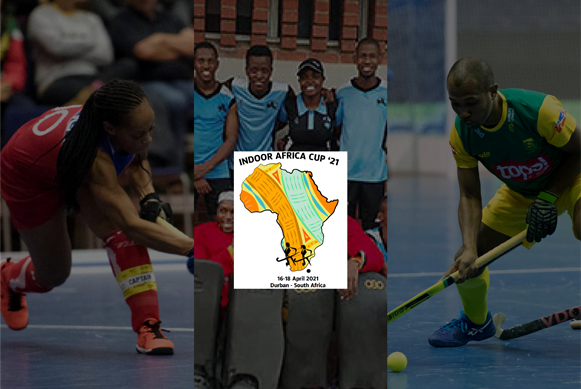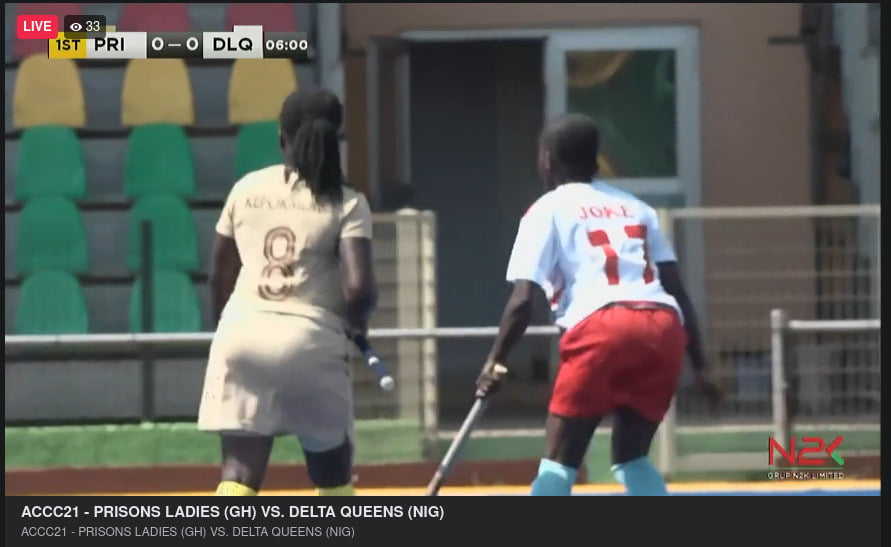April 13, 2021 The Indoor African Cup will take place in Thomas Moore College, Kloof., South Africa on 16-18 April. The reward for the winning men’s and women’s teams will be a place at the 2022 FIH Indoor Hockey World Cup to be held in Liège, Belgium. Taking part in the African qualifying competition are three teams that have embraced the indoor game – South Africa, Botswana and Namibia. The three teams – men and women – will play a round robin competition to decide who represents the continent at the World Cup. South Africa men will be overwhelming favourites for the title as the highest ranked team – the men rank 11th in the world. In the women’s event, things are less clear cut. While South Africa women have enjoyed a run of successful test matches in which they defeated Switzerland, Ireland and Poland, Namibia are the higher ranked team – at 9th in the world – courtesy of their participation in the FIH Indoor Hockey World cup 2018. The South Africa women’s squad, which is ranked at 14, is brimful of experienced players, including Cindy Hack and Jess O’Connor, who both have more than 100 caps for the indoor national squad. Also part of the squad are international outdoor players Celia Seerane (nee Evans) and Tegan Fourie. South Africa men have a blend of experience and youth in the ranks. Justin Domleo has been to two World Cups, and he is joined by Jethro Eustice and Rusten Abrahams who both played in the 2018 Indoor Hockey World Cup in Berlin, Germany. Bongumusa Mngoma and Dan Sibbald will both be making their debuts as international athletes. The South Africa teams will not get an easy ride however. Namibia women defeated South Africa to qualify for the 2018 Indoor Hockey World Cup and will be looking to repeat that performance, while the men have their own aspirations to follow in their female counterpart’s footsteps. Underlining the athlete’s ambitions, President of Namibia Hockey Union (NHU) Marc Nel said: “We are going there to compete and not just to participate. Our drive is to fly the Namibian flag high, so like any other games, we are taking this very seriously. Both teams are ranked in the top 20, with the women’s team ranked 9th, while the men’s team is ranked 17th in the world, which I believe are all good positions for our teams.” Botswana men and women have yet to receive a world ranking but the national team has been training hard. Zimbabwe’s Sharne Mayar will be one of the umpires at the event and she said: “It will be a showcase of amazing talent. It will be three days of really good hockey played by the best nations in Africa. “The game is spreading and growing. We have seen Botswana build a team, and that is very exciting because it is more people playing hockey across the continent at all levels of the game.” The Indoor African Cup will take place on 16-18 April in Thomas Moore College, Kloof. Keep up with results and news via the FIH website. The matches will also be streamed live on the Watch.Hockey App. #IHWC2022 #IndoorHockey Source: FIH.CH




